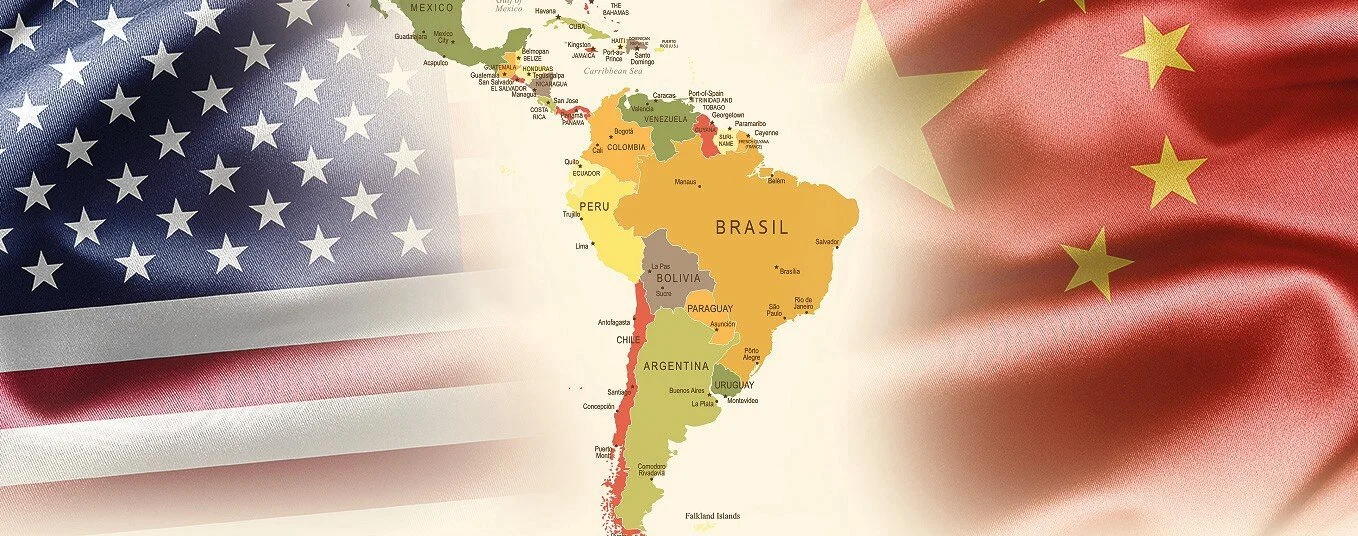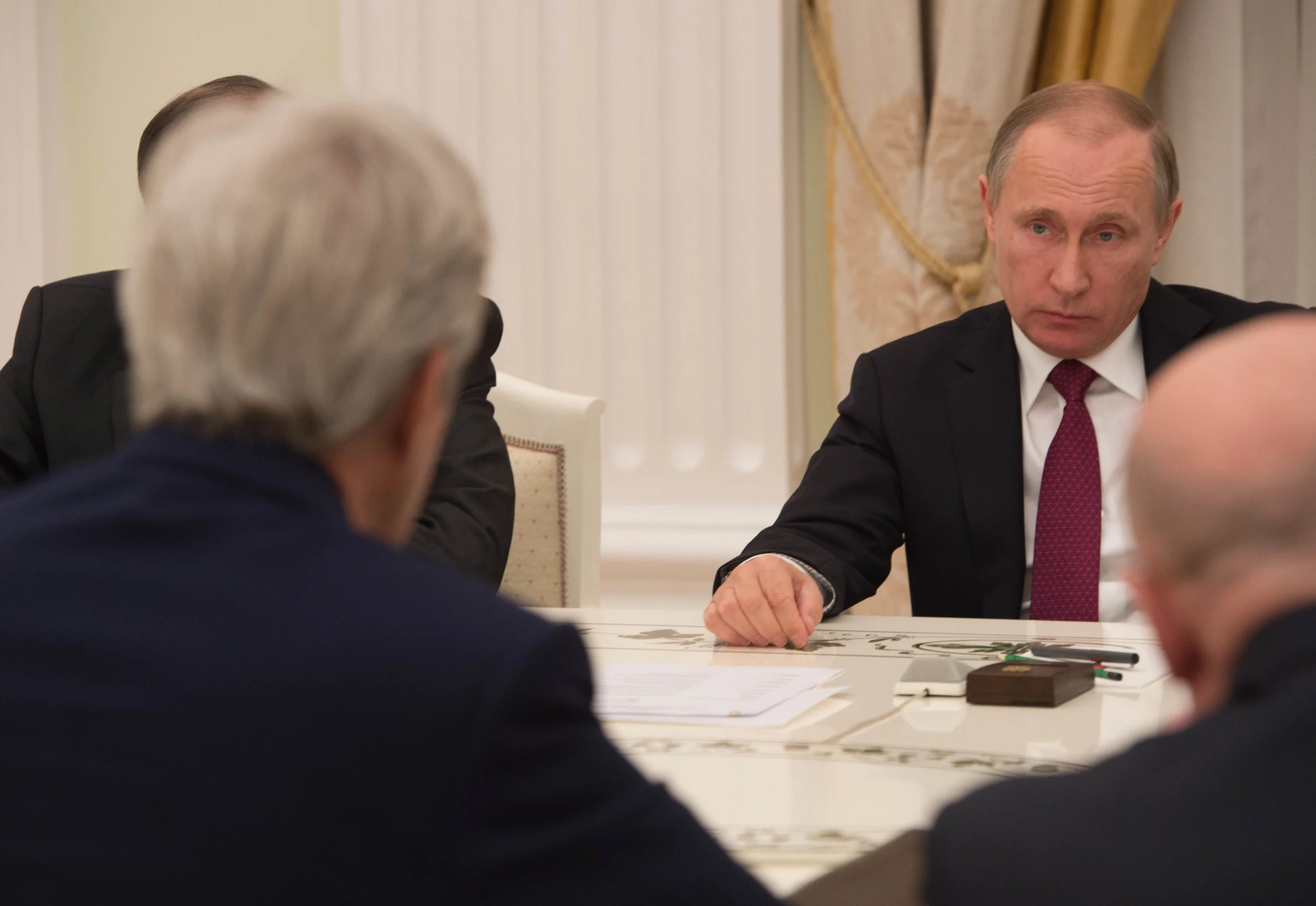Russia: President Putin Likely to Seek to Establish a Union State with Belarus
Over 100,000 Belarusians since mid-August have protested in Minsk in response to President Lukashenko’s re-election. Many Belarusians and international observers have deemed the Presidential election results as illegitimate. Lukashenko has responded by arresting protestors, exiling prominent opposition leaders, and cutting off internet access. As a result, the EU openly condemned Lukashenko’s actions and announced its commitment to imposing sanctions, including the recently placed travel bans on 40 Belarusian officials. Russian President Vladimir Putin has taken advantage of Lukashenko’s vulnerability, as a result of international sanctions and continued protests, by pushing for closer relations between the two states. Putin during September and October has pushed military, economic, and political integration through monthly joint military exercises, a $1.5 billion Russian loan to Belarus, and Russian media members replacing Belarusian media personnel who are on strike. [i, ii, iii, iv, v]
We assess that Russian President Vladimir Putin will likely attempt to remove opposition groups in Belarus to secure Lukashenko’s absolute power. It is unlikely that the Russian President will allow an opposition-led regime change within Belarus as Putin seeks to further protect the legitimacy of Belarus’s 26-year-old withstanding dictatorship. We further assess that Putin is motivated to protect his own autocratic legitimacy and feels threatened by democratic movements in the former Soviet states. [vi, vii]
President Putin in 2014 intervened in Ukraine’s Maidan protests and initiated a counter-revolution that completely dissolved all hopes for a democratic regime change. Putin opposes the democratization of post-Soviet countries, also known as “color revolutions”. He views these revolutions as a threat to his power and influence in the region. [viii]
Protestors in Belarus have accused President Lukashenko of crimes similar to those committed by President Putin: persecution of political opponents, a nationwide vote to extend presidential terms, co-opted parliament and the courts, and widespread political corruption. Belarus and Russia have strong cultural and historical ties, so political crises in one nation often directly impact its neighboring state’s local and governmental institutions. [ix]
President Putin offered the Lukashenko government a $1.5 billion loan to settle civil unrest and strengthen the Belarusian President’s power. Putin called Lukashenko to organize a constitutional reform that, according to the Russian President, is a “timely and reasonable” decision that would “reach a new level in the development of the political system” within Belarus. [x]
We assess that President Putin will likely continue military cooperation with Belarus to ensure President Lukashenko’s short-term authority in preparation for a combined Union State. We further assess that President Putin is unlikely to order a direct military intervention in Belarus as he seeks to bolster public support amidst the passage of a constitutional referendum, which allows him to be reelected in 2024. It is likely that President Putin will advocate for the resurgence of the two state’s Union Treaty that was established in 1999 to form an international organization with a common head of state, constitution, and army. President Putin will likely begin with soft tactics of appropriation, such as pushing Belarus to adopt parallel economic policies, starting with a common currency, as well as advocate for common political and defense policies.
Russia’s 234th Guards Airborne Assault Regiment and 76th Guards Air Assault Division since September 17 has performed joint exercises with Belarusian forces. Russia has issued deployments in the WMD for the extended Slavic Brotherhood exercise to conduct three separate battalion-level exercises with Belarus. [xi]
Economic uncertainty as a result of mass protests has resulted in the fall in the value of the US dollar and Belarusian ruble. President Putin plans to leverage Russia’s economic aid over Belarus to adopt a “single currency” as declared under the Union Treaty. [xii]
The Belarusian President on September 10 received a book of historical maps portraying Belarus when it was a part of the Russian Empire by the Russian ambassador to Minsk. This gift symbolizes Putin’s incentive to develop Belarus’ political and economic structure to emulate his own. [xiii]
A Kremlin spokesperson acknowledged that the Russian government will aid Lukashenko in amending and formalizing the constitution, referencing tactics that push for Belarusian assimilation. Amendments will focus on weakening Lukashenko’s power to leverage Belarus into accepting further terms of political integration with Russia. [xiv]
We assess that sustained military integration between Belarus and Russia will likely deny NATO access to key Baltic States. President Lukashenko perceives NATO as an imminent threat to the Belarusian government, as well as his own legitimacy. The Belarusian President will likely continue to conduct joint military exercises with Russia to pressure ongoing NATO exercises in Lithuania and Ukraine.
Russia and Belarus each maintain a border within the 40-mile-wide corridor known as the Suwalki Gap. NATO forces require this transit line to transport forces and supplies to the Baltic States. If Russian forces remain in Belarus, the Russian state will have full control over the corridor which would prevent NATO support within the Baltics. [xv]
President Lukashenko has made continued claims against NATO, arguing that NATO is collaborating with Lithuania and Poland to threaten Belarusian sovereignty with military force and counter-sanctions. “They want to topple this government and replace it with another one that would ask a foreign country to send troops in support,” Lukashenko said in a statement referencing NATO. [xvi]
President Putin has reiterated Russia’s willingness to support Belarus by assuring President Lukashenko that Russia is prepared to deploy troops and maintain order under the provision of the existing mutual security agreement. [xvii]
Sources
Kagan, Frederick. “Russian Forces Are Now in Belarus.” The Hill, The Hill, 25 Sept. 2020, thehill.com/opinion/international/518121-russian-forces-are-now-in-belarus.
Carpenter, Michael, and Vlad Kobets. “What Russia Really Has in Mind for Belarus.” Foreign Affairs, 11 Sept. 2020, www.foreignaffairs.com/articles/europe/2020-09-08/what-russia-really-has-mind-belarus.
Al Jazeera. “Belarus Police Detain 250 Protesters in Minsk as Crowds Swell.” Al Jazeera, Al Jazeera, 13 Sept. 2020, www.aljazeera.com/news/2020/9/13/belarus-police-detain-250-protesters-in-minsk-as-crowds-swell.
News Wires. “Putin Backs Lukashenko as Visiting Belarus Leader Vows Closer Ties with Moscow.” France 24, France 24, 14 Sept. 2020, www.france24.com/en/20200914-lukashenko-meets-with-putin-for-integration-talks-as-belarus-unrest-continues.
Rankin, Jennifer. “EU Imposes Sanctions on Belarus Officials but Not on Lukashenko.” The Guardian, Guardian News and Media, 2 Oct. 2020, www.theguardian.com/world/2020/oct/02/belarus-officials-eu-sanctions-lukashenko.
Liubakova, Hanna. “Putin risks turning Belarus from natural ally to enemy.” Atlantic Council. 16 September 2020. https://www.atlanticcouncil.org/blogs/ukrainealert/putin-risks-turning-belarus-from-natural-ally-to-enemy/.
McGee, Luke. “Putin faces tough choice on Belarus: How to sort out Lukashenko without giving ground.” CNN. 14 September 2020. https://www.cnn.com/2020/09/14/europe/putin-lukashenko-belarus-intl/index.html
Ioffe, Julia. “Putin’s an old KGB hand. In Belarus, he’ll do what he thinks is best for Russia.” The Washington Post. 15 August 2020. https://www.washingtonpost.com/outlook/2020/08/15/putin-lukashenko-belarus-russia/
Snegovaya, Maria. “If Putin sends troops to Belarus, don’t expect Russians to applaud.” The Washington Post. 15 September 2020. https://www.washingtonpost.com/politics/2020/09/15/if-putin-sends-troops-belarus-dont-expect-russians-applaud/
“Putin offers money, but tells Belarus’ authoritarian leader to settle the unrest himself.” CBS News. 14 September 2020. https://www.cbsnews.com/news/russia-vladimir-putin-belarus-alexander-lukashenko-protests-must-be-resolved-without-interference/
Barros, George. “Belarus Warning Update: Multiple Russian Military Exercises Occuring in the Western Military District, Belarus, and Moldova.” Critical Threats. 19 September 2020. https://www.criticalthreats.org/analysis/belarus-warning-update-multiple-russian-military-exercises-occurring-in-the-western-military-district-belarus-and-moldova
Hartwell, Christopher. “Belarus: Vladimir Putin has Alexander Lukashenko just where he wants him.” The Conversation. 17 September 2020. https://theconversation.com/belarus-vladimir-putin-has-alexander-lukashenko-just-where-he-wants-him-146256
Malpas, Anna and Smolchenko, Anna. “Putin, Lukashenko to Talk ‘Integration’ Amid Belarus Protests.” The Moscow Times. 11 September 2020. https://www.themoscowtimes.com/2020/09/11/putin-lukashenko-to-talk-integration-amid-belarus-protests-a71419
Barros, George. “Belarus Warning Update: Putin Seeks Belarus’ Integration With Russia Via Belarusian Constitutional Amendments.” ISW. 5 October 2020. http://www.understandingwar.org/backgrounder/belarus-warning-update-putin-seeks-belarus’-integration-russia-belarusian
Kagan, Frederick. “A knife at NATO’s throat: Why Belarus matters to the US.” The Hill. 16 August 2020. https://thehill.com/opinion/national-security/512231-a-knife-at-natos-throat-why-belarus-matters-to-the-us
News Agencies. “Lukashenko accuses NATO of hatching aggressive plans on Belarus.” Aljazeera. 28 August 2020. https://www.aljazeera.com/news/2020/8/28/lukashenko-accuses-nato-of-hatching-aggressive-plans-on-belarus
Carpenter, Ted. “The West Shouldn’t Intervene In Belarus.” Cato Institute. 16 September 2020. https://www.cato.org/publications/commentary/west-shouldnt-intervene-belarus






